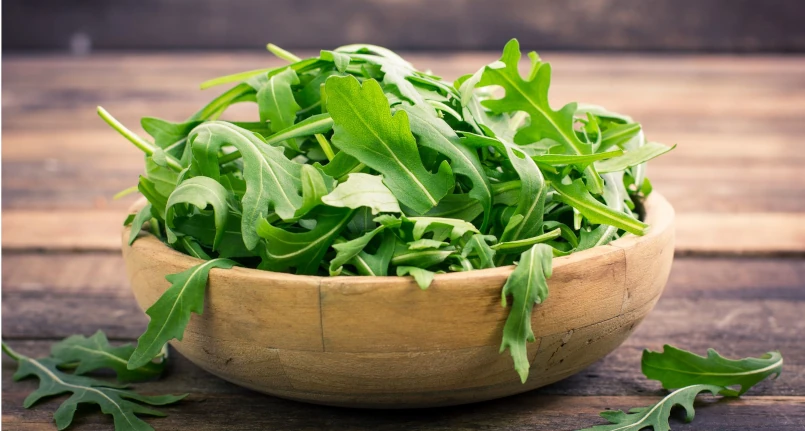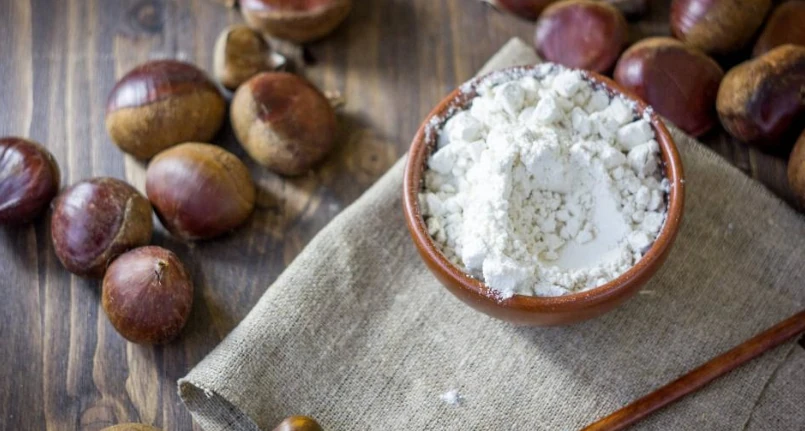Dietary fiber
Soluble and insoluble fiber
Fiber is divided into soluble and insoluble , and performs numerous functions; between these:
- It gives the sense of satiety
- It regulates intestinal peristalsis and promotes the systematic evacuation of faeces
- Removes waste from the intestines
- Modulates/slows down the absorption of fats and sugars
- Limits the absorption of cholesterol
- Reduces glycemic and insulin spikes
- Partially feeds the intestinal bacterial flora
What is that
A diet low in fiber decreases faecal volume and hinders the physiological (nervous) process of triggering the peristaltic contractions of segmentation and advancement.
On the other hand, despite the collective tendency to eat LITTLE fiber compared to the recommendations (which suggest around 30g/day), in certain “pathological” cases it is necessary to drastically limit it to reduce unwanted disturbances or symptoms ; this diet is called a low-fiber diet or a low-residue diet .
For whom it is indicated
The function of the low fiber or low residue diet is to reduce the laxative effect on the digestive tract ; the cases in which it may be necessary to apply it are mainly:
- Irritable bowel syndrome
- Colitis (inflammatory, infectious, chemical, etc.)
- Intolerances and allergies
- Pharmacological therapies
- Radioactive therapy
- Bowel resection (for cancer, Crohn’s disease , or ulcerative colitis )
- Preparations for endoscopic diagnostic investigations of the intestinal tract (e.g. colonoscopy )
- Etc.
Logically, when normal physical conditions are restored (if possible), the low residue diet should be interrupted by replenishing the recommended dietary fiber quota.
What to eat
In practical terms, a low-fiber or low-residue diet is a nutritional scheme low in fruit , vegetables , cereals and legumes which, if present, MUST be processed/refined in order to eliminate at least the typical external coating (skin, pericarp or other fibrous integuments, etc.) notoriously rich in this element (basically it is still necessary to avoid whole grains ).
Although not correlated with the intake of dietary fiber, milk and dairy products are also(or foods containing them) can be limited/interrupted in the administration of the low residue diet; this choice is not accidental and is based on the concept that, in the majority of intestinal suffering, the lactase enzymes present on the mucosa are drastically reduced causing bacterial fermentation of the lactose and the consequent associated symptoms (see food intolerance to lactose ). To correctly manage the low residue diet it is advisable to:
- Scrutinize food labels carefully
- Make sure each food serving provides no more than 1g of total fiber .
See an Example of a Low Residue Diet »
Cooking methods
The cooking methods for the low-fiber or low-residue diet are moderate and non-violent; they should never excessively trigger the Maillard reaction and/or the production of toxic/irritating molecules for the intestinal mucosa ( acrylamide , acrolein , polycyclic aromatic hydrocarbons , etc.). The following are recommended: boiling, steaming , microwave cooking and pressure cooking ; in eventualities, even slow stewing . Grilling , frying , roasting and baking are NOT RECOMMENDEDwith very high temperatures without lid. Another useful suggestion is to avoid or not to exceed with spices , such as pepper , chili pepper , curry , coriander , cumin , etc.
Supplements
- In the event that the low-residue diet causes an excessively “stringent” effect on the faeces, it is advisable first of all to increase the water intake (compromise for the elimination of fruit and vegetables ) and, only later, to reintroduce the fiber a little at a time.
- A diet low in fiber or with a low residue determines a secondary reduction of a good portion of mineral salts ( magnesium , potassium , etc.), vitamin C , B-carotene and vitamin K ; it is therefore advisable to evaluate together with the doctor the possibility of using a good food supplement to maintain sufficient nutritional intake of these nutrients .




